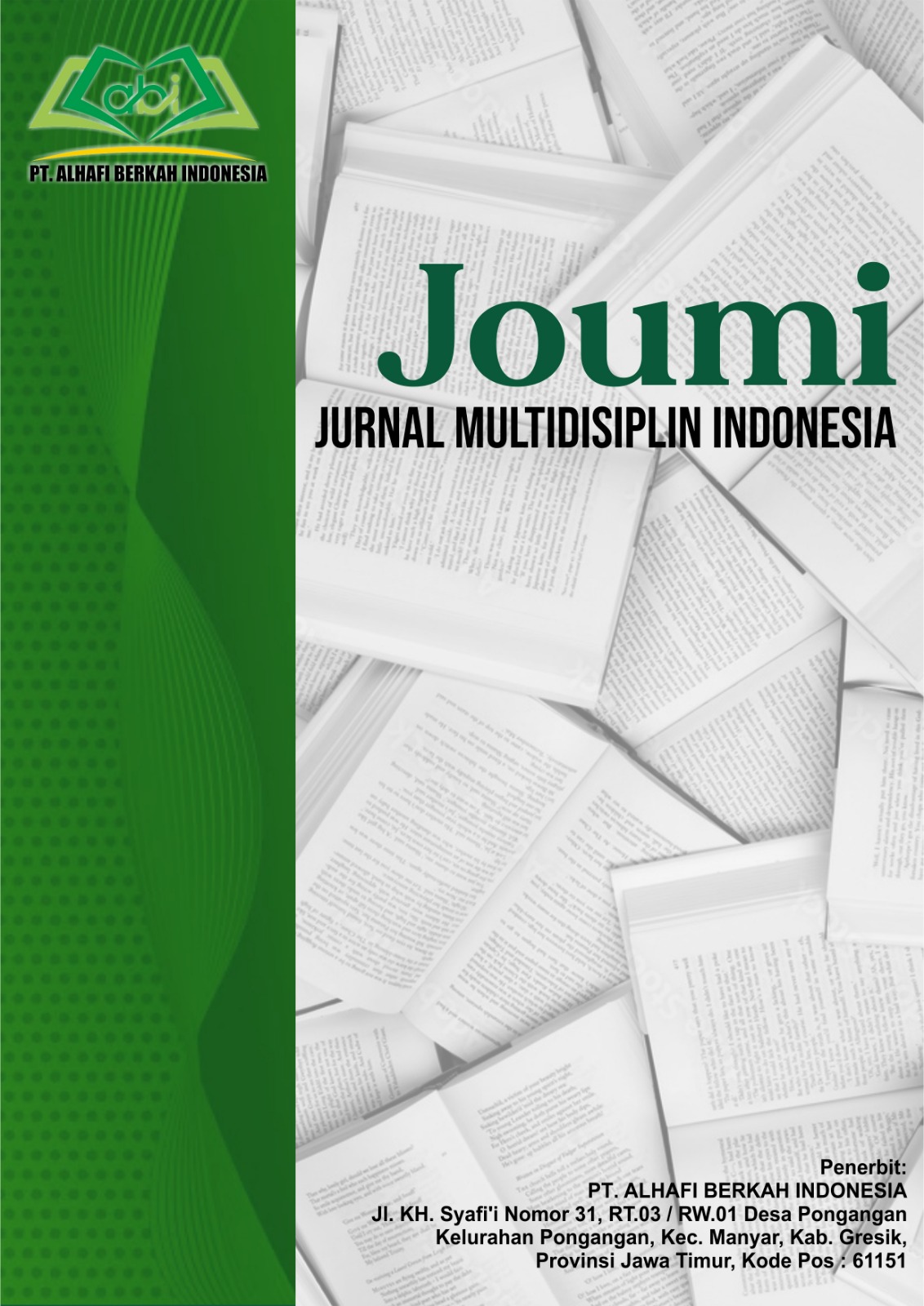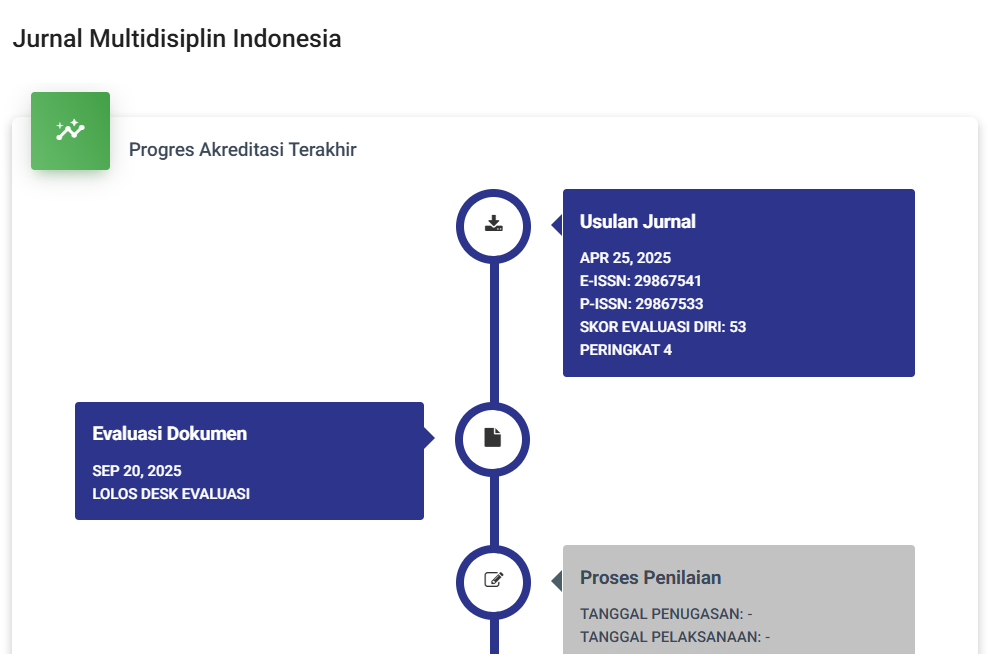Intellectual Property Rights (IPR) Protection of Palembang Songket Weaving as Traditional Cultural Heritage in Indonesia
DOI:
https://doi.org/10.62007/joumi.v3i2.486Keywords:
Palembang Songket, Intellectual Property Rights, Intangible Cultural Heritage, Legal Protection, Cultural IdentityAbstract
The Palembang songket woven fabric is one of Indonesia’s traditional crafts that holds high historical, cultural, and economic value. It is a cultural heritage with deep historical roots dating back to the era of the Palembang Darussalam Sultanate. Songket fabric is not only a symbol of textile aesthetics but also represents spiritual values and the social structure of the traditional Palembang community. With its distinctive weaving techniques and rich motifs, the philosophical meaning of songket has become an intangible cultural expression passed down through generations. However, in the era of globalization and the expansion of the modern textile industry, songket faces various challenges, including unauthorized commercial exploitation, design counterfeiting, and the degradation of cultural values. This study aims to analyze the legal protection mechanisms through Intellectual Property Rights (IPR) for Palembang songket as traditional cultural heritage. The method used is normative-juridical research, with analysis of national regulations such as Law Number 28 of 2014 on Copyright, Law Number 20 of 2016 on Trademarks and Geographical Indications, and international conventions such as the 2008 UNESCO Convention for the Safeguarding of Intangible Cultural Heritage. This study applies an IPR framework with a collective rights and cultural approach, alongside regional regulations like the South Sumatra Provincial Regulation Number 5 of 2015 on the Preservation and Development of Regional Culture. This regulation emphasizes the importance of developing a commodity-based protection system and incorporating customary law to preserve and economically empower local artisan communities. Adequate legal protection will strengthen songket's position as both a cultural identity and a sustainable economic asset. The results of this research recommend an integrative approach between positive law and culturally-based commodity empowerment to establish fair, sustainable, and contextual protection for Palembang songket woven fabric as an inseparable part of Indonesia’s cultural identity.
References
Directorate General of Intellectual Property. (2022). Guidelines for the Geographical Indications Approach. Jakarta: Ministry of Law and Human Rights, Republic of Indonesia.
Griffiths, J. (1986). Theory of Legal Pluralism in the Context of Cultural Protection and Customary Law.
Law of the Republic of Indonesia No. 28 of 2014 on Copyright; Law of the Republic of Indonesia No. 20 of 2016 on Trademarks and Geographical Indications.
Regional Regulation of South Sumatra Province No. 5 of 2015 on the Development and Protection of Regional Culture.
Regional Regulation of the City of Palembang No. 1 of 2017 on the Preservation of Regional Culture.
Suryana, A. (2020). Legal Protection of Traditional Cultural Expressions. Journal of Law and Development, 50(3), 447–454.
UNESCO. (2003). Convention for the Safeguarding of the Intangible Cultural Heritage. Paris: UNESCO.
WIPO. (2017). Intellectual Property and Traditional Cultural Expressions. Geneva: World Intellectual Property Organization.
Downloads
Published
How to Cite
Issue
Section
License
Copyright (c) 2025 Merry Aryanti, KMS Herman

This work is licensed under a Creative Commons Attribution-ShareAlike 4.0 International License.







